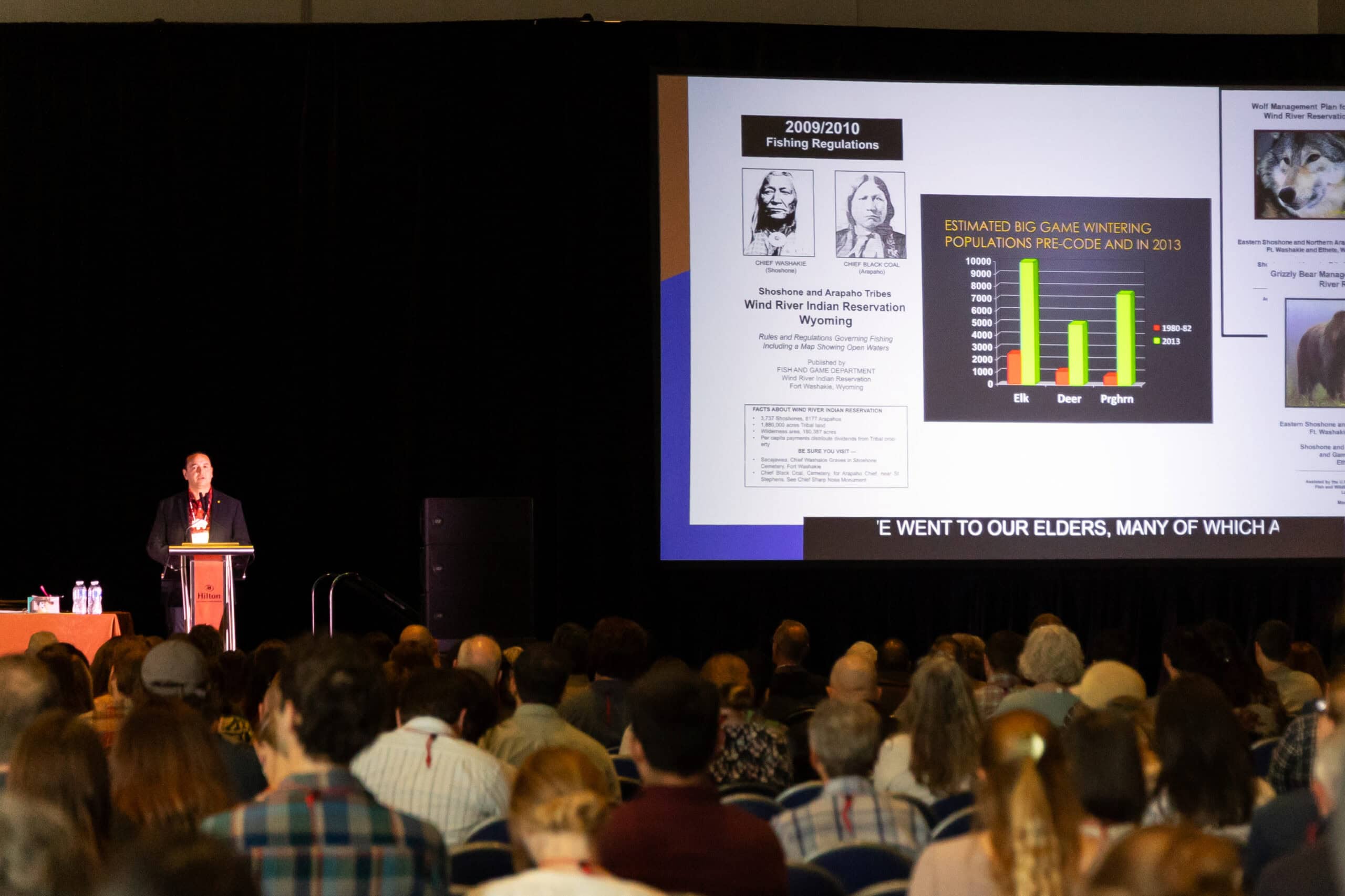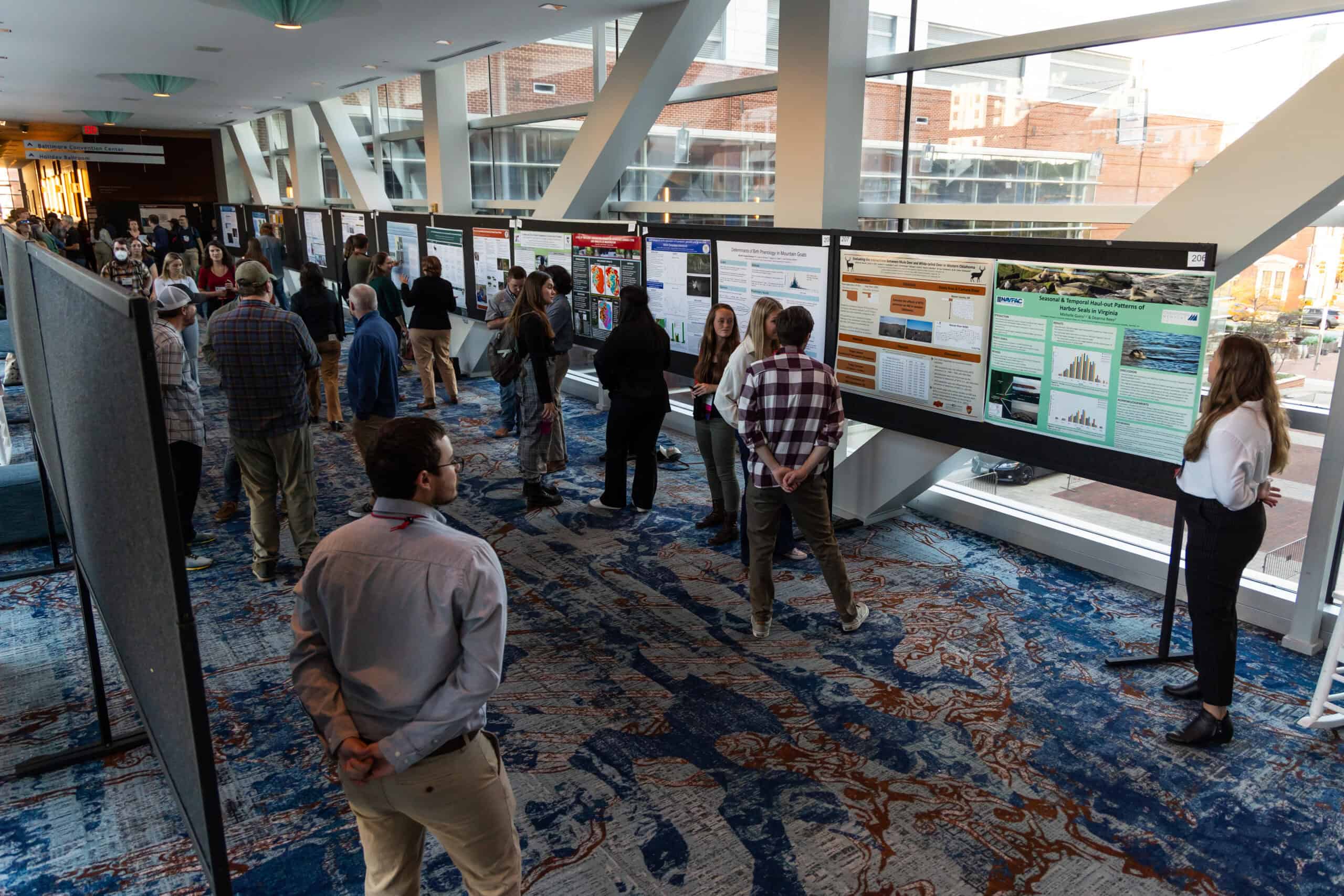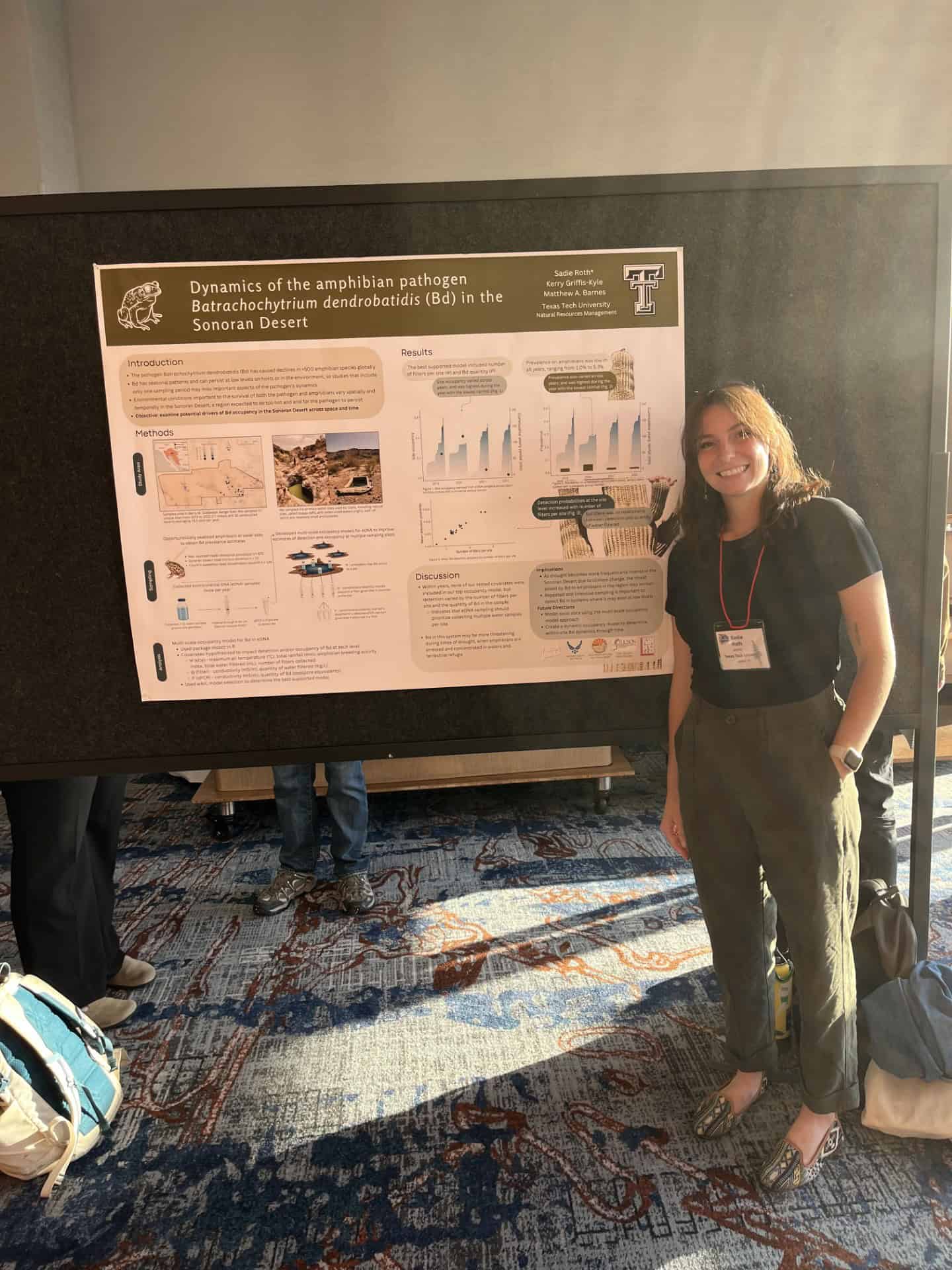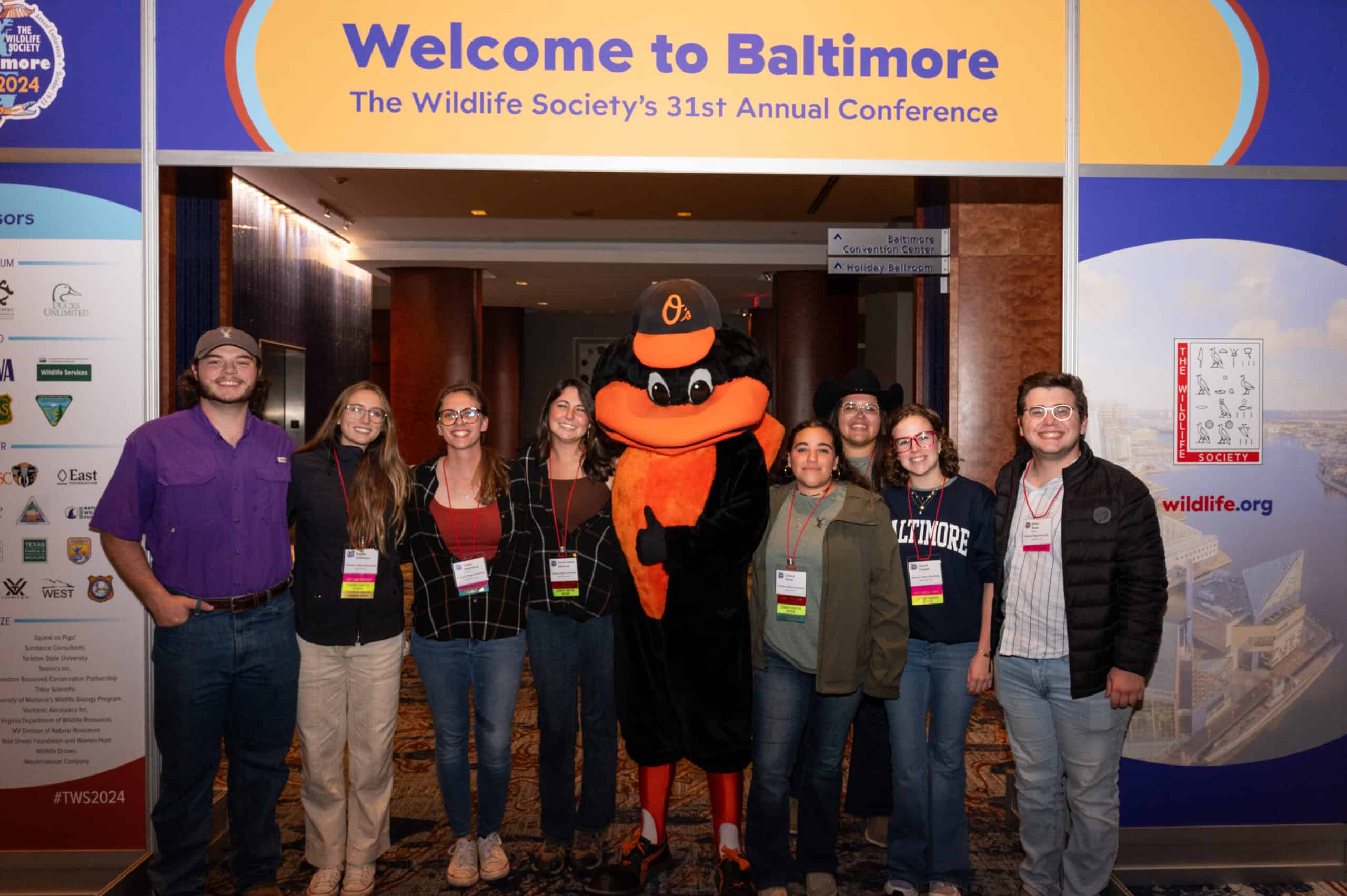Share this article
TWS 2024: Merging science, policy and culture for conservation
An all-star cast of wildlife professionals highlighted the importance of work outside of the field
Above all else, wildlife professionals love conducting fieldwork. But three plenary speakers at the 2024 TWS Conference in Baltimore, Maryland, recently highlighted that in order to make a difference in conservation, the science resulting from that fieldwork must be combined with policy and culture.
“Scientists need to do a better job connecting with laypeople,” said James Cummins, the executive director of the nonprofit Wildlife Mississippi.
Julie Robinson, the deputy director of earth science at NASA, kicked off the plenary session, titled “Merging Science, Policy, and Culture to Advance Conservation,” presented a truly planetary outlook on this theme. Robinson showcased some of the ways that NASA can see the world, whether via satellite imagery, Light Detection and Ranging (LiDAR) technology, or various modeling tools and software.
“The problems of the world are so severe that they need our focus,” Robinson said. “Good scientific data helps us to understand this noise.”
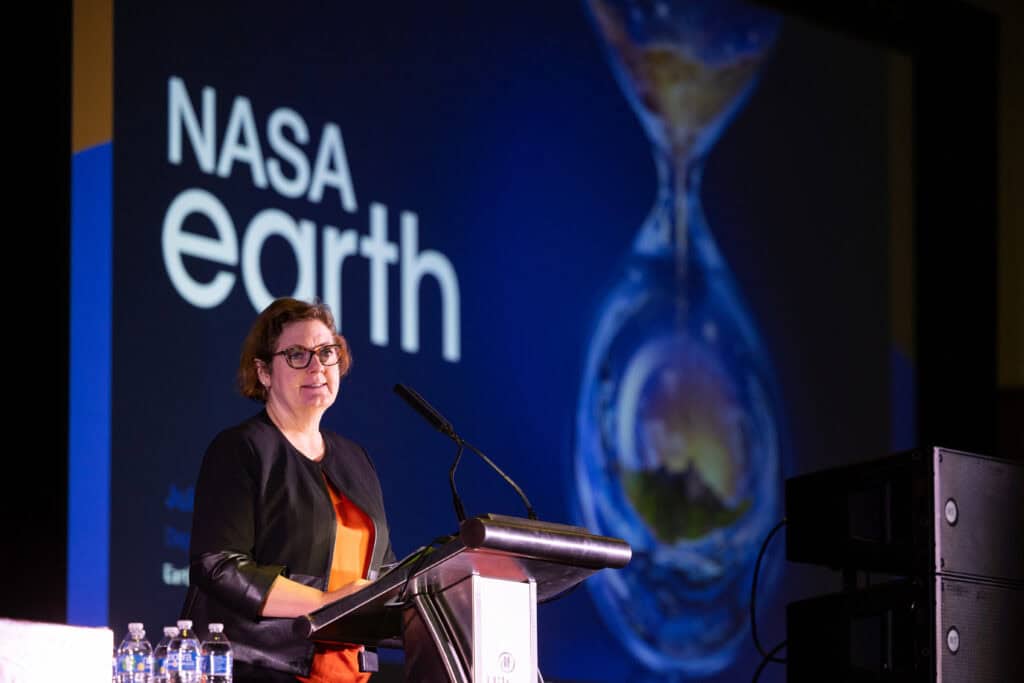
Satellites can provide regional and long-term landscape imagery, revealing the ways that climate change is causing deviation from standard temperatures as well as how beaver (Castor canadensis) restoration can improve forest cover and bolster wetlands on the landscape. LiDAR imaging can reveal the ways that drought can reduce vegetation biomass in the Amazon.
But none of this is important, Robinson said, if scientists can’t present this data in a meaningful way that gets through to policymakers and the general public.
“If the public doesn’t believe you, they will be against you, and they will interfere with great, scientific evidence-based management,” Robinson said.
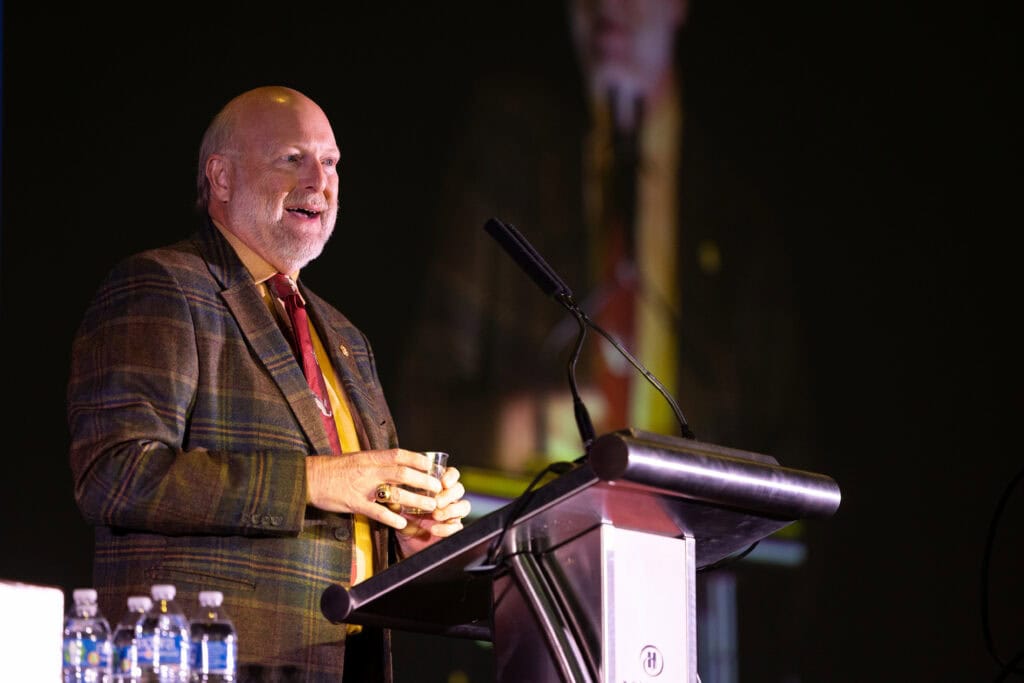
In his address, Cummins built on this idea, encouraging wildlife professionals to get involved with policy and decision making. “If you’re not at the table, then you’re on the menu,” he said, adding that presenting science and data in a meaningful way is critical to getting conservation funding and support.
Although 80% of people live in cities now, people care about the outdoors more than ever before, Cummins said. Conservation is important not just for recreation and enjoyment but as a means to protect clean water supplies, promote healthy lifestyles and create jobs. It’s important for wildlife professionals to stress these benefits to the public and lawmakers to ensure conservation funding, because “enlightened self-interest is the greatest motivator,” he said.
At the end of the day, he said, “It’s cheaper to prevent habitat destruction or pollution than to pay to clean it up.”
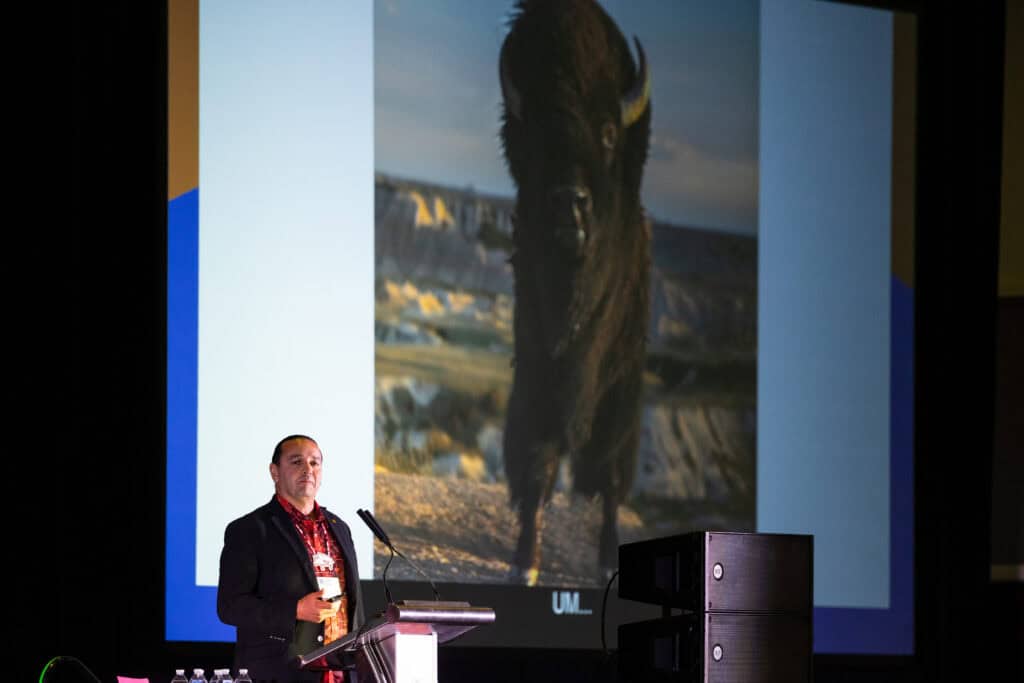
Jason Baldes, the director of the Tribal buffalo program for the National Wildlife Federation, discussed the direct benefits that wildlife restoration has on culture—and vice versa—on the Wind River Indian Reservation.
After 131 years of absence, 10 bison (Bison bison bison) were reintroduced to Wind River—the first cohort of an ongoing mission to restore a larger population of the animals. “There were tears,” Baldes said. “It’s like bringing home a long-lost relative.”
The reintroduction has benefited the ecosystem at large, he said. Bison have created wetlands with their wallows, and the many birds use the hair bison shed as nesting material. Bison spread seeds, and on top of these material benefits, they provide something priceless to the Eastern Shoshone and Arapaho on Wind River.
“We’ve integrated buffalo back into our diet, our ceremonies,” Baldes said.
Header Image: Jason Baldes speaks at the 2024 Conference in Baltimore. Credie: Katie Perkins/TWS



